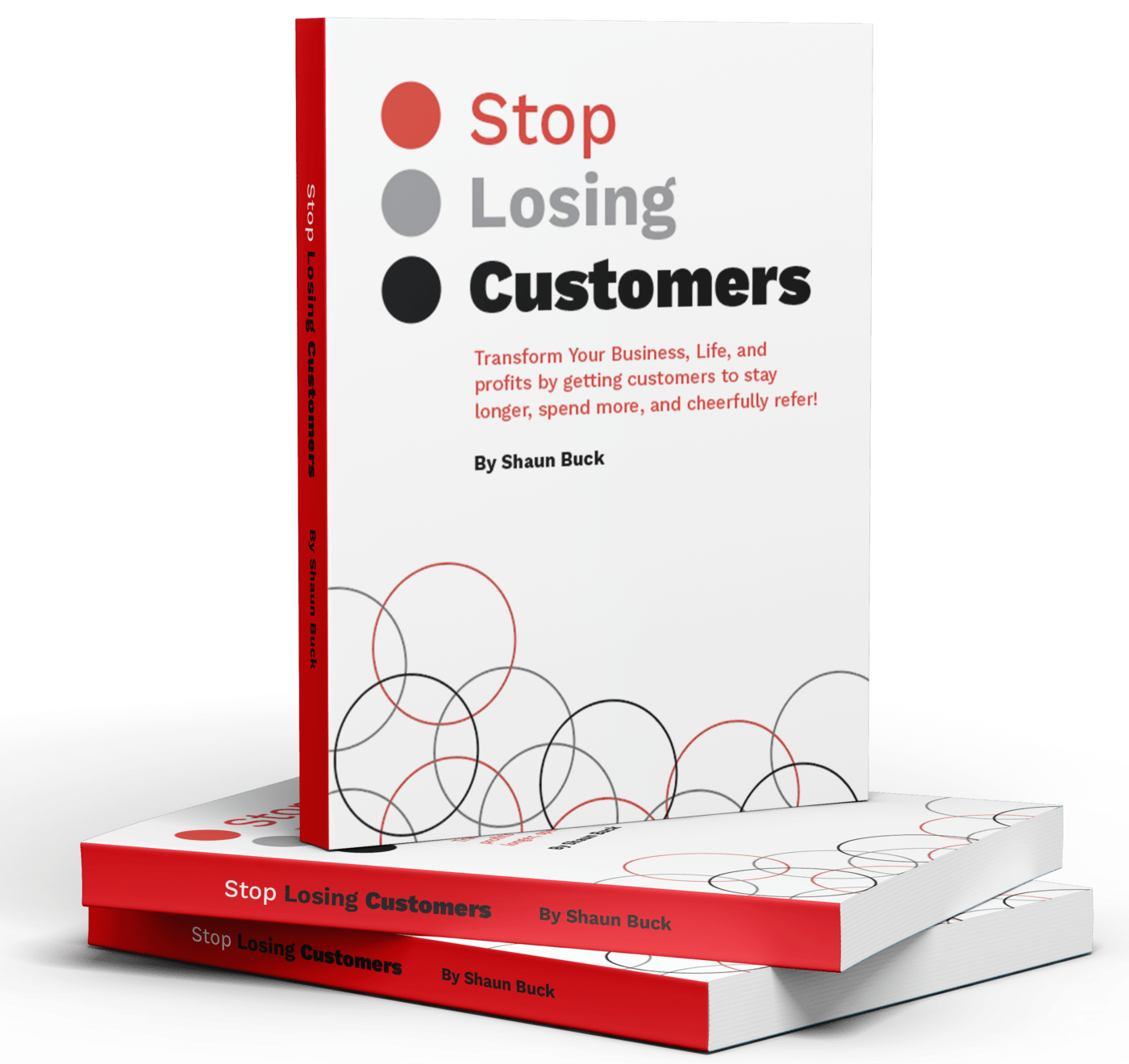But what exactly is customer journey analytics and how can it be used in emails? In this article, we’ll explore the power of customer journey analytics and the various use cases for implementing it in your email marketing efforts. We will also discuss how this analytical approach can enhance the effectiveness of your campaigns and drive better business outcomes.
What is Customer Journey Analytics?
Customer journey analytics is the process of tracking and analyzing the interactions and touchpoints that a customer has with a business. This includes all interactions such as website visits, social media engagement, email interactions, and more. By capturing a holistic view of the customer’s experience, businesses can piece together the narrative of the customer’s relationship with the brand.
By tracking these interactions, businesses can gain a deeper understanding of their customers’ behaviors, preferences, and needs. This, in turn, allows businesses to tailor their marketing efforts to better align with their customers’ journeys and ultimately improve their overall customer experience. It’s a data-driven approach that leads to more informed decisions and strategic marketing initiatives.
Furthermore, customer journey analytics helps businesses to pinpoint critical moments in the customer lifecycle, such as the point of purchase or instances of service lapses. By doing so, organizations can implement proactive measures to enhance the customer’s experience, such as offering personalized promotions or addressing service issues before they escalate. Understanding these moments is key to building a loyal customer base and driving long-term growth.

Why is Customer Journey Analytics Important in Emails?
Email marketing is a great tool for communicating with customers, but it can be even more powerful when combined with customer journey analytics. By tracking how customers interact with your emails, you can gain valuable insights into their behaviors and preferences. These insights allow for a more refined approach to email marketing, moving beyond mass mailings to create tailored messages that speak directly to the individual.
Here are some key reasons why customer journey analytics is important for email marketing:
Personalization and Segmentation
By tracking customer journey analytics in emails, businesses can gain a better understanding of their customers’ interests, behaviors, and needs. This allows for more personalized and targeted email campaigns that are tailored to specific segments of customers. The more relevant the email, the more likely it is to resonate with the recipient.
Personalized emails have been shown to have higher open and click-through rates, as well as increased customer engagement. By segmenting your email list based on customer journey data, you can ensure that your messages are relevant and timely, increasing the likelihood of conversion. Personalization can range from simple tactics like including the customer’s name to more complex strategies like tailoring content based on past purchase behavior or browsing history.
Segmentation can be based on a variety of factors, including demographic information, past purchase history, and engagement levels. By grouping customers with similar traits or behaviors, you can customize your messaging to address their specific interests and needs. This not only enhances the customer experience but also increases the effectiveness of your email marketing campaigns.
Identifying High-Value Customers
With customer journey analytics, businesses can identify their most engaged and high-value customers. By tracking their interactions with emails, businesses can see which customers are most likely to make a purchase or take action. Understanding who your best customers are can help tailor your messaging and offers to retain and grow these valuable relationships.
This information can then be used to create targeted campaigns for these high-value customers, increasing the chances of conversion and customer retention. Recognizing and rewarding your most loyal customers not only encourages repeat business but can also turn them into brand advocates who promote your products or services to others.
Improving Email Content and Design
Customer journey analytics can also provide insights into how customers engage with email content and design. By analyzing which emails have the highest open and click-through rates, businesses can gain a better understanding of what types of content and designs resonate with their audience. This feedback is invaluable for crafting emails that capture attention and drive action.
This allows for continuous improvement of email content and design, leading to higher engagement and conversion rates. Email marketers can test different layouts, imagery, and calls to action to determine which combinations are most effective in achieving their goals. Additionally, analytics can reveal the best times to send emails and the optimal frequency for engaging customers without causing fatigue.
By constantly refining email content and design based on analytics, businesses can maintain a dynamic and responsive email marketing strategy. This iterative process ensures that emails remain fresh and relevant, keeping customers engaged over time. Furthermore, analytics can help identify trends in customer preferences, allowing businesses to stay ahead of the curve and adapt to changing tastes and behaviors.
Measuring Campaign Effectiveness
Customer journey analytics can help businesses measure the effectiveness of their email campaigns. By tracking the customer journey from the initial email to the final conversion, businesses can see which campaigns are driving the most conversions and revenue. This holistic view of campaign performance goes beyond surface-level metrics to reveal the true impact of email marketing efforts.
This information can then be used to optimize future campaigns and allocate resources effectively. By understanding which elements of a campaign resonate with customers, marketers can replicate successful strategies and discard those that do not yield the desired results. In this way, customer journey analytics serves as a guide for continuous improvement and strategic planning.
Additionally, measuring campaign effectiveness through analytics allows businesses to justify their email marketing spend and demonstrate ROI to stakeholders. By tying email initiatives directly to business outcomes, companies can make a compelling case for the value of email marketing within the broader marketing mix.

Customer Journey Analytics Use Cases in Emails
Re-engagement Campaigns
Customer journey analytics can help identify customers who have disengaged or lapsed in their interactions with your brand. By pinpointing these individuals, marketers can create re-engagement email campaigns aimed at rekindling their interest. For instance, sending a tailored offer or a personalized reminder based on past interactions can encourage these customers to return.
Welcome Series
Using customer journey analytics, businesses can optimize their welcome email series to better engage new subscribers. By tracking interactions with welcome emails, marketers can identify which elements lead to higher engagement and guide new subscribers through a tailored onboarding process. This may include personalized welcome messages, educational resources, or exclusive offers that align with the customer’s initial interests.
Abandoned Cart Recovery
One of the most effective use cases for customer journey analytics in email marketing is abandoned cart recovery. By analyzing the customer journey, businesses can identify when a customer adds items to their cart but does not complete the purchase. Automated emails can then be triggered to remind the customer of their abandoned items, possibly including incentives such as discounts or free shipping to encourage completion of the purchase.
Post-Purchase Follow-Up
Customer journey analytics can enhance post-purchase follow-up emails by tailoring content to the customer’s recent purchases. These emails can include product recommendations, care instructions, or feedback requests, all designed to enrich the customer’s experience and encourage repeat business. Additionally, timing these follow-ups appropriately based on analytics can ensure they are well-received and effective.
Behavioral Trigger Emails
Using customer journey analytics, businesses can set up behavioral trigger emails that respond to specific actions taken by customers. For example, if a customer frequently browses a particular category but hasn’t made a purchase, an email highlighting popular products in that category could be sent. This approach ensures that emails are highly relevant and timely, based on the customer’s demonstrated interests.
Customer Satisfaction Surveys
Analytics can also be employed to determine the optimal timing and recipients for customer satisfaction surveys. By tracking customer interactions, businesses can identify key moments in the customer journey when feedback is most valuable. Sending timely surveys can yield higher response rates and more actionable insights, leading to improved products and services.
Loyalty Program Invitations
For identifying customers who may be prime candidates for a loyalty program, customer journey analytics is invaluable. By analyzing purchase history, engagement levels, and overall interaction with your brand, businesses can target those individuals who are likely to benefit most from and contribute to a loyalty program. This targeted invitation can lead to higher enrollment and active participation.
By leveraging customer journey analytics across these various use cases, businesses can create more effective and tailored email marketing strategies that drive engagement, conversions, and long-term customer loyalty.
Conclusion
Incorporating customer journey analytics into email marketing strategies empowers businesses to create highly personalized and effective campaigns.
By understanding the nuances of customer behavior and preferences, marketers can tailor their email content to resonate deeply with their audience. This data-driven approach not only enhances customer engagement but also drives conversions and fosters long-term loyalty.
As the digital landscape continues to evolve, businesses that leverage customer journey analytics will be well-positioned to stay ahead of the competition and meet the ever-changing needs of their customers.
Get Started with Newsletter Pro
Ready to take your email marketing to the next level with customer journey analytics? Contact Newsletter Pro today to discover how our innovative solutions can transform your campaigns. Our team of experts is here to help you harness the power of analytics, optimize your strategies, and achieve remarkable results. Whether you’re looking to enhance engagement, drive conversions, or foster long-term customer loyalty, Newsletter Pro has the tools and expertise you need.
Reach out to us now, and let’s start creating personalized, data-driven email campaigns that resonate with your audience and drive business growth. Let’s make your email marketing more effective and impactful with Newsletter Pro!






